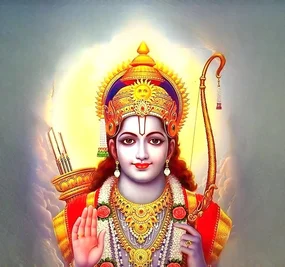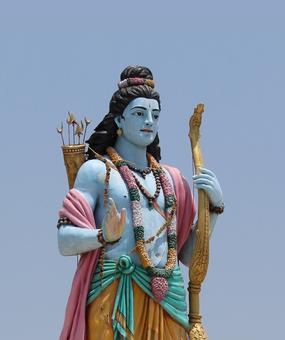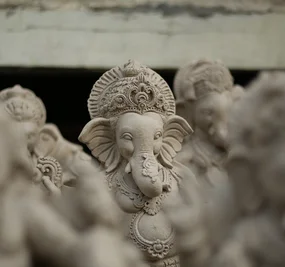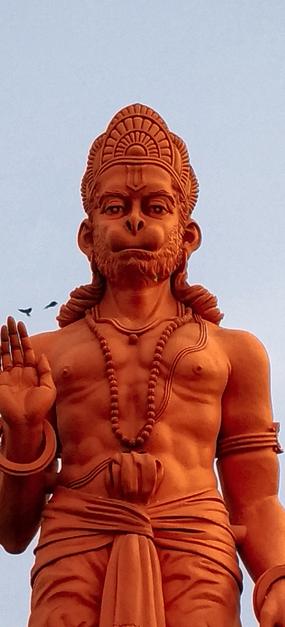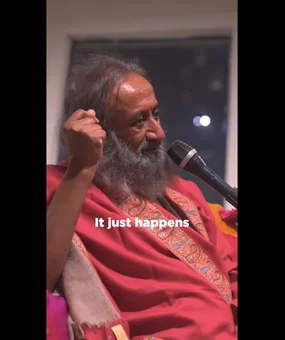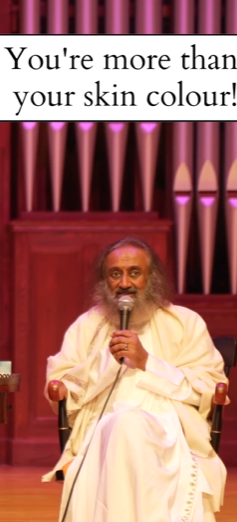Amazing facts about India.
- Did ancient India have nuclear bombs?
- Where was the city of Hastinapur located?
- Do we have evidence of this site?
For centuries, the Mahabharata and the city of Hastinapur have mesmerized generations. Even though, in reality with passing time, Hastinapur itself got lost and its existence was doubted. Yet, there are so many evidences that show our mythologies are, in fact, ancient history. A history that can hold a mirror to our present times, our beliefs, and behaviors. If only we would allow it.
Bharath Gyan, a passionate research initiative, is painstakingly dotting the pieces together, foraging amongst lost remnants to keep the glorious past alive and known. Here are some lesser-known facts:
Was Mahabharata a nuclear war?
The European researchers, David Davenport and Ettore Vincenti, did some groundwork in and around the site of the ancient civilization of Mohenjo Daro. In one of their excavation sites, they found evidence that suggests the ancient town may have been ruined by a powerful blast.
They found a big strata of clay and crystallized green glass, fused or melted at its epicenter. Bricks around this epicenter were also melted on one side, characteristic of an explosion. This does lead to an obvious inference.
Dr. J. Robert Oppenheimer, director of the Manhattan Project, is credited as being one among others who were the “father of the atom bomb.” He learnt Sanskrit in 1933 and read the Bhagavad Gita in the original.
Shortly after the Manhattan Project, Dr. Oppenheimer, addressed the students of the Rochester University. One of the students asked him a pointed question, whether his experiment was the first nuclear explosion of the world.
He responded thoughtfully: “Well …. Yes, in modern times, of course …”.
This cautious, measured response of Dr. Oppenheimer, which has been recorded for posterity, makes one wonder if he believed that in an earlier civilization, there could have been a nuclear capability.
By earlier quoting the Bhagavad Gita during the test explosion, was he perhaps pointing to the Indian civilization as having had that capability? This thought is further substantiated by the vivid descriptions of the astra (a missile powered by a holy incantation) and their capabilities.
The texts describe the special manner in which these astras were invoked. The number, colours, shapes, and the rapid speed of individual discharges from each astra as well as the extent of destruction they caused when compared to shastra ( weapons such as mace, swords, spears, bows and arrows) that were handheld by soldiers.
Few had astras: Arjuna had such astras on the Pandava side while Karna had them on the Kaurava side.
Both, Arjuna and Karna, are described in the text as level-headed warriors with great will power, patience, tolerance, and sagacity. They had obtained these astras after great penance and austerities.
All these make the astras appear to be special weapons of mass destruction, beyond our comprehension today.
If future researches prove that it was a major war fought with all those advanced technologies, then it is indeed a wake up call for India. In this age of nuclear armaments, it would be wise to study and understand this war and draw lessons from it.
Was Hastinapur real?
The great epic of the Mahabharata is never complete without Hastinapur. A great city of power and wealth which the Kauravas ruled. Fought for by the Pandavas, the city was named after the Kuru King Hastin. A mighty city, elephantine in strength, with its own large army of elephants or hasti as they are called in Sanskrit.
Centuries later, in independent India, a city near Meerut was selected as the site to excavate this ancient city. This city sits on the banks of the Ganga just as Hastinapur did. Excavation began in 1950 under the renowned archaeologist Prof. B.B. Lal and the ancient remains of a city were discovered.
The soil layers revealed various periods of settlement with time gaps in between. At one layer at the bottom, there was evidence of riverine soil from the Ganga, pointing to a flood that must have occurred then.
Two mounds called Ulta Khera and Raghunathji were excavated in 1920 and various ancient artifacts were recovered from these sites. One of these was the painted greyware pottery that’s made of very fine clay and is unique to this region.
The professor makes a vital observation saying that this greyware points the period to be around 720 BC but since all the samples are contaminated with rootlets, this cannot be an acute value. However, he points out that the ochre-colored pottery from the same region can be dated all the way back to 2650 BCE.
The destiny of a kingdom that witnessed power
After the battle of Kurukshetra, the Pandavas settled in Hastinapur. King Nichakshu reigned in the post-Mahabharata period. He lived six generations after Janamejaya, the great grandson of Arjuna.
The Matsya Purana and the Vayu Purana state that during the period of King Nichakshu’s rule, there was a great flood in the Ganga which washed over much of Hastinapura. Thus, he was forced to shift the capital to Kausambi, further downstream and near the banks of the Yamuna.
“When the city of Nagasahvaya Hastinapura was carried away by the Ganga, King Nichakshu abandoned it and went to Kausambi.”
The statement from the Purana tallies with the archaeological find of a flood layer, both in site and date.
Prof. B.B.Lal said this to the people who were still not convinced with the archeological evidences: “Archaeology cannot provide evidence of Lord Krishna having spilled the butter pot”.
From the Puranic data, we find that King Nichakshu lived about 10 generations after the Pandava. Assuming an average period of 25 to 30 years for a new generation to arrive, King Nichakshu probably lived 250 to 300 years after the Mahabharata.
The Mahabharata occurred around 3000 BCE and King Nichakshu ruled 250 to 300 years later. This date corroborates with the date of the ochre collared pottery.
This research team, led by a passionate husband-wife duo – Dr. DK Hari and Dr. Hema Hari, unearth some of India’s untold stories and make them contemporary.




